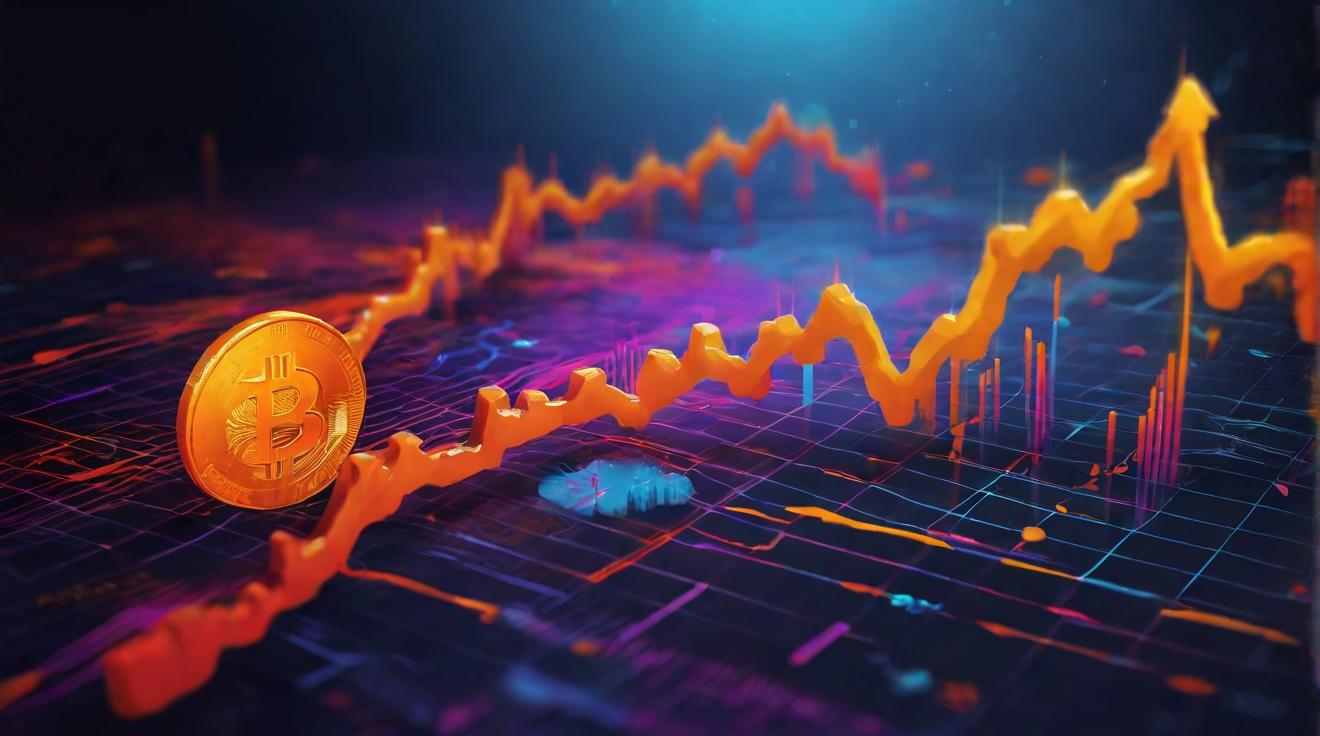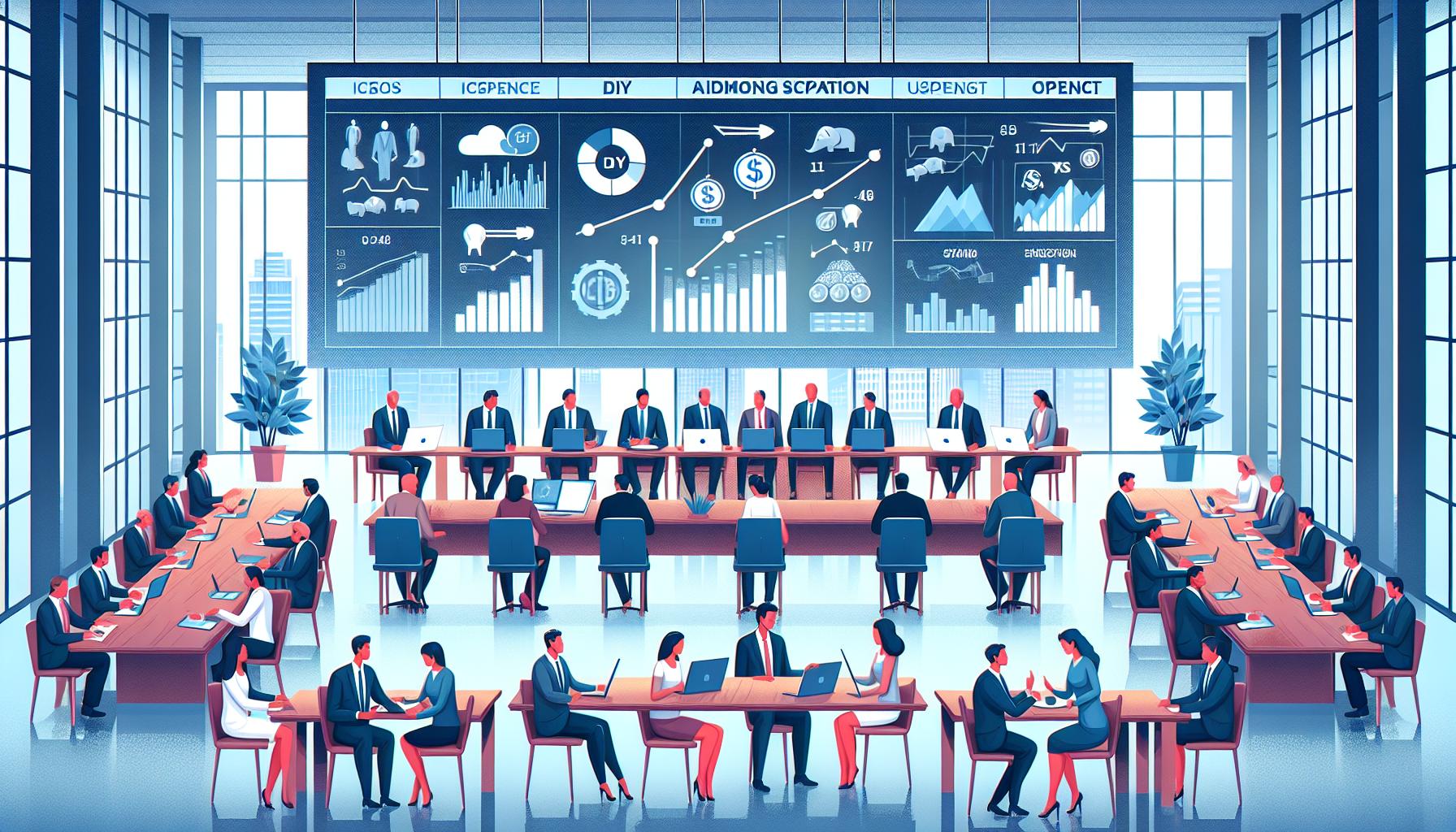Rising Temperatures Intensify Drought in the Amazon River Basin
The devastating drought in the Amazon River Basin that began in October continues to wreak havoc, particularly in the southern region. Rural and riverside communities are cut off from food supplies and markets, electricity blackouts are occurring due to hydropower disruptions, and water rationing is being implemented in some urban areas. This drought, which is more severe than usual, is a result of the El Niño climate pattern, combined with the effects of global warming.
Global Warming Plays a Significant Role in Intensifying the Amazon Drought
Experts from the World Weather Attribution project have conducted a preliminary analysis, suggesting that human-caused global warming has played a larger role than El Niño in intensifying the 2023 Amazon drought. Computer model simulations indicate that global warming has doubled the precipitation deficits caused by El Niño alone. Furthermore, the rise in temperatures has amplified water stress, making the drought the worst on record.
The Role of Global Warming in Agricultural Drought
When considering the combined impact of rainfall shortages and heat-driven evaporation of soil moisture, scientists have found that global warming has made agricultural droughts more frequent and intense. The return interval for the 2023 drought in the current climate is estimated to be a 1-in-50-year event, compared to 30 times less frequent in a world without global warming. The effects of global warming are particularly devastating for the Amazon, where the drought has cut off communities and disrupted vital services.
The Link Between Deforestation and the Amazon Drought
Deforestation in the Amazon River Basin has contributed to the worsening of the drought. Satellite images reveal significant areas of cleared forest in the southern region, reducing the Amazon’s rain-making capacity. The loss of mature trees and the failure to replace them due to droughts add to the vulnerability of the forest. As a result, the dry seasons lengthen, surface water decreases, and the Amazon is at risk of transitioning into a savanna-like landscape.
A Future Tipping Point for the Amazon
Continued greenhouse gas emissions and global warming could push the Amazon Rainforest closer to an ecological tipping point. The frequency of exceptional droughts like the 2023 event is projected to increase, potentially leading to the rapid transformation of large sections of the rainforest into a savanna. Models suggest that deforestation rates of about 40% or global warming surpassing 4°C above pre-industrial levels could trigger this tipping point. Experts emphasize the importance of curbing deforestation and implementing reforestation efforts to safeguard the Amazon’s future.
The Need for Action to Protect the Amazon
As the world grapples with the challenges of climate change, addressing the threats to the Amazon becomes paramount. Experts highlight the urgent need to reduce greenhouse gas emissions and halt deforestation. In addition, reforesting cleared and degraded areas in the southern and eastern parts of the Amazon can restore the region’s moisture-recycling capacity and mitigate the impacts of global warming. These measures are crucial steps toward ensuring the survival of the Amazon Rainforest and its vital ecosystems.
Analyst comment
Neutral news: Rising Temperatures Intensify Drought in the Amazon River Basin.
As an analyst, the market for renewable energy solutions and technologies for water conservation is expected to grow as the severity of droughts increases. Companies specializing in sustainable agriculture and reforestation efforts could also see increased demand. However, industries reliant on the Amazon rainforest, such as logging and agriculture, may face challenges and potential disruptions. Overall, there is a need for urgent action to mitigate the impacts of global warming and protect the Amazon’s ecosystem.













